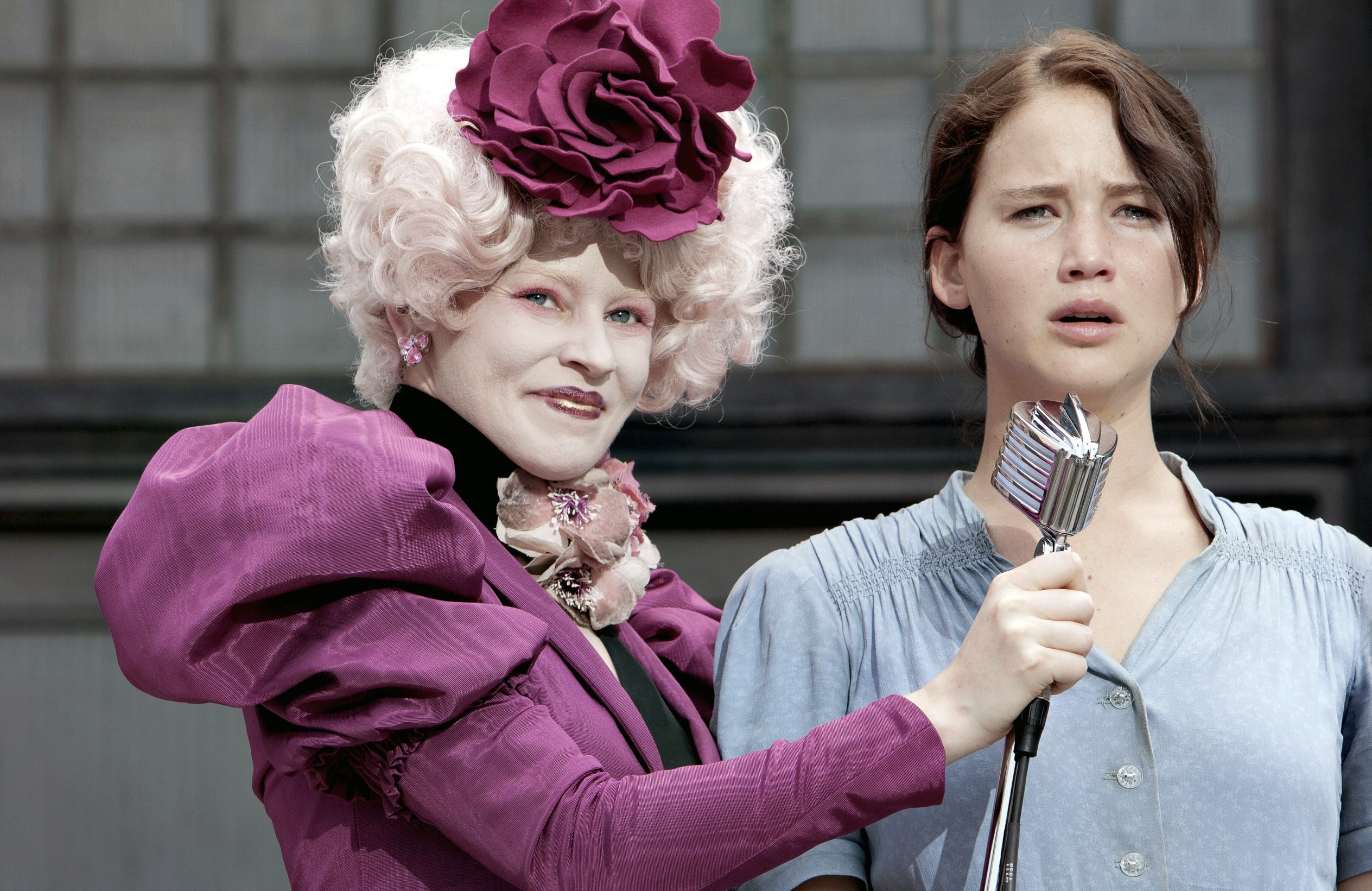Even before the Hellboy reboot drops later this year, it is condemned to the deepest recesses of audience hellfire by its very design.
On Dec. 19, a teaser for the new Hellboy trailer launched on the popular game review website IGN. Since then, the publishing studio Lionsgate has posted the trailer to its YouTube page. A quick peruse of the comment section yields several fans reminiscing about Ron Perlman’s 2004 portrayal of Hellboy and ranting in discontent about the reboot.
The film should have been met with resounding excitement. It has all the hallmarks of a successful superhero movie. The trailer depicts whimsical humour, breathtaking visuals and relentless action all being played out with the nostalgia-inducing Billy Idol’s 1981 “Mony Mony” as the trailer’s theme music.
It is possible the backlash originates from transforming Hellboy from a dark hero who struggles to find his purpose, his true identity and his place within society into an abomination of a Deadpool copycat. But the audience’s rejection of the new film is likely rooted in the theory of the uncanny valley.
The concept of the uncanny valley claims human empathy for an artificial depiction of a human being increases with its realism. However, as the realism edges closer toward perfect human emulation, human empathy drops through the floor. That glossy-skinned robot with doll hair smiling at you sends eerie chills down your spine because of the uncanny valley. It is only when the object reaches perfection or is, in fact, a human that human empathy is restored.
And herein lies the problem. The new look of Hellboy is too close to the original. Ron Perlman and his replacement, David Harbour, both have naturally gargoylesque faces and baritone voices. Both versions sport the same hair, clothing and mannerisms. As the new version climbs closer to the original, disdain and alienation increases. People are put off because David Harbour is not Ron Perlman. The new Hellboy is trapped in the uncanny valley.
Part of the issue is in the inherent design of Hellboy. He is a mystical creature from another dimension, not a costume-wearing vigilante. No matter who plays the character, they will wear ground down horns, red skin and a giant stone right hand. Everyone who plays the title character will look somewhat like Ron Perlman’s 2004 portrayal.
In comparison, Spider-Man: Homecoming (2017) was greeted with universal praise. Despite the fact Tobey Maguire is widely considered the quintessential Peter Parker and Sam Raimi’s original trilogy is beloved, Marvel was able to overcome the uncanny valley by differentiating nearly every component of their Spider-Man. Tom Holland plays a 15-year-old Peter Parker who has different preoccupations and problems than the 18-to-25-year-old Peter Parker portrayed by Tobey Maguire. The new Spider-Man has distinct powers and style which separate him entirely from the Raimi trilogy. This version exists well outside the uncanny valley.
The reboot is a new innovation. It rehashes a property created less than a couple decades before. A reboot is distinct from a remake only because of the temporal difference. A remake tries to introduce a new audience to an old property. A reboot tries to restart a prized and familiar franchise of the existing audience. Spider-Man 2 premiered in 2004 alongside the original Hellboy. Just 15 years later the exact same audience gets to enjoy Red inside a trench coat all over again.
Remakes generally do not carry the threat of the uncanny valley because there is no prior reference point in the minds of the new audience. The iconic 1983 Scarface was a remake of the 1932 film bearing the same name. However, reboots are intended to lower risk and the cost associated with advertising. Why bring a new idea, or revitalize an aged one, to the big screen when you can instantly produce a connection with an audience by simply uttering the title?
As more reboots begin to emerge to help mitigate the costs of advertising an entirely new property, the uncanny valley will become an increasingly prevalent problem. Hellboy serves as a Paul Revere, a Nostradamus, a canary in the coal mine for the reboot industry. Either make a sequel or make something different enough. Otherwise, prepare for the box office apocalypse.
As you sit in your seat and squirm when the title character is on screen and your stomach begins to knot, you’ll know you have entered into the uncanny valley.




